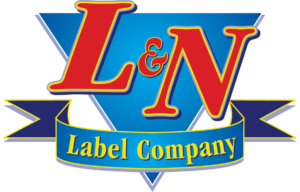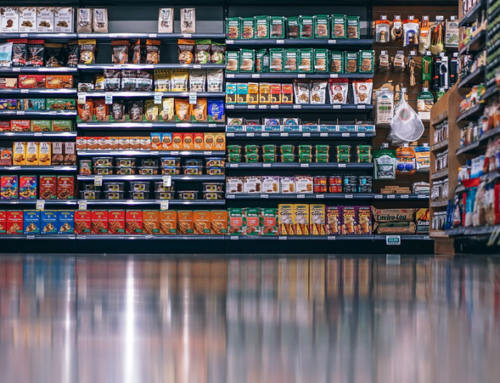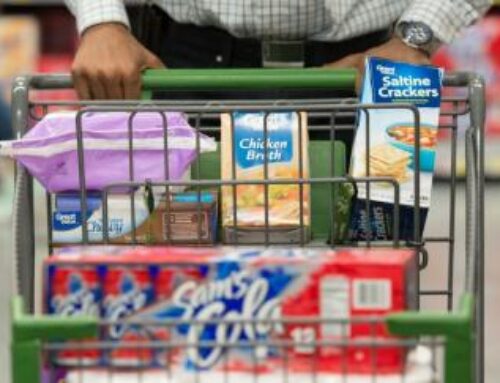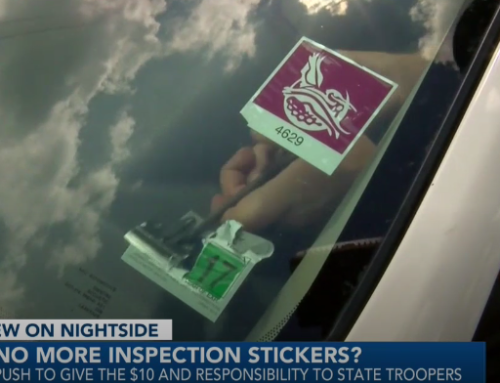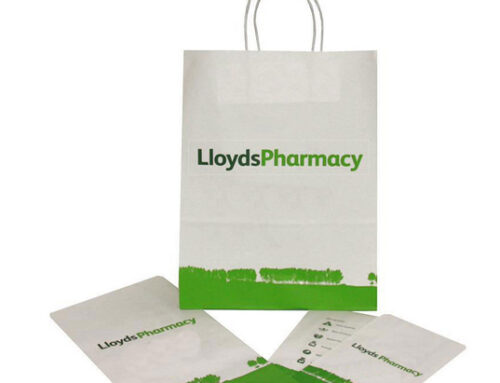There is a new innovative method coming to the custom label industry. This new innovation is liner less labels.
These are the same Pressure sensitive labels, but without the liner. Linerless labels have 60% more labels per roll. Not only that but Linerless labels are more “green” and environmentally friendly.
Eliminating the liner also reduces on freight costs and shipping, material costs and storage costs.
Linerless labels, on the other hand, adhere to themselves. The silicone-coated labels are, essentially, their own liners. A special manufacturing process coats the back of the label with an adhesive that is easily peeled off the surface of the label beneath it yet securely grips the surface where it’s meant to go. Basically, linerless labels stick to themselves, at least until you put them in their final resting place.
You’ll cut shipping costs by 50 percent because there will be twice as many labels per box compared to standard labels.
Since it does not have a liner, more labels can be wound onto a roll: approximately 40% more per roll.
Not only are you getting more labels per roll, you’re decreasing the amount of time used for change overs, saving manufacturing cost and production time.
The disadvantages are that linerless labels are more expensive, and you will need a special printer that can smoothly print linerless labels over a silicone roller.
Another issue label converters have with linerless labels is that they have limited shapes. Like household tape, you only get either a square or a rectangle-shaped label. For some manufacturers, the lack of release liners is a downside as the label will not have something to hold it in place when die-cut.
The Global Linerless Labels Market is broken down by:
Size, Share, Growth, Analysis, Trends by Composition (facestock, Adhesives, and Topcoat), Printing Ink (Water-based Inks, UV-curable Inks, Solvent-based Inks, and Hot Melt-based Inks), Printing Technology, Application, and Region.
LinerLess Labels
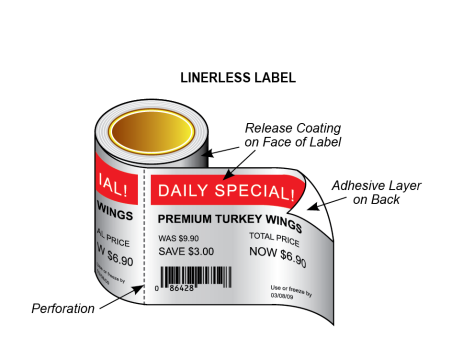
These labels are hassle less, liner, and zero waste product and are available in a variety of adhesives.
The linerless label is pressure sensitive because it does not have backing paper. These labels have special release coating applied to the face of the label that allows to be wound on a roll without the adhesive sticking to the label below it.
The demand for linerless labels is growing rapidly and is projected to grow at the same pace over the forecast period owing to growing demand from the food & beverage sector.
Labels With Liners

The typical label, has a liner on it. This can produce extra waste and labor.
LinerLess Food Labels
On the basis of the printing technology, the market has been segmented into the digital printing, flexographic printing, lithography printing, offset printing, and others. Digital printing accounted for the largest market share in 2016. This printing technology offers several benefits like high quality, cost-effective solution for manufacturing well-designed linerless labels with recycling options. It uses inkjet printing to print images.
On the basis of the application, the market is further segmented into food & beverage, consumer durables, personal care, pharmaceuticals, retail, and others. The food & beverage is dominating the application segment of the global the linerless label market. Linerless labels have wide applications in the F&B industry.
The global linerless labels market is estimated to grow at a CAGR of 4.6% during the estimated period, 2017-2023
Linerless Label Manufacturers
Some of the prominent players in the Linerless Labels Market are 3M company (U.S.), Coveris Holdings S.A. (U.S.), Avery Dennison Corporation (U.S.), CCL Industries Inc. (Canada), Constantia Flexible Group GMBH (Austria), RR Donnelley & Sons Company (U.S.), Gipako (Europe), Hub Labels (U.S.), Cenveo Corporation (U.S.), Reflex Labels (U.K.), General Data Company Inc. (U.S.), Skanem AS (Norway), NAStar, Inc. (U.S.), NSD Labelling Group (U.K), and Raveenwood Packaging (U.K.)
